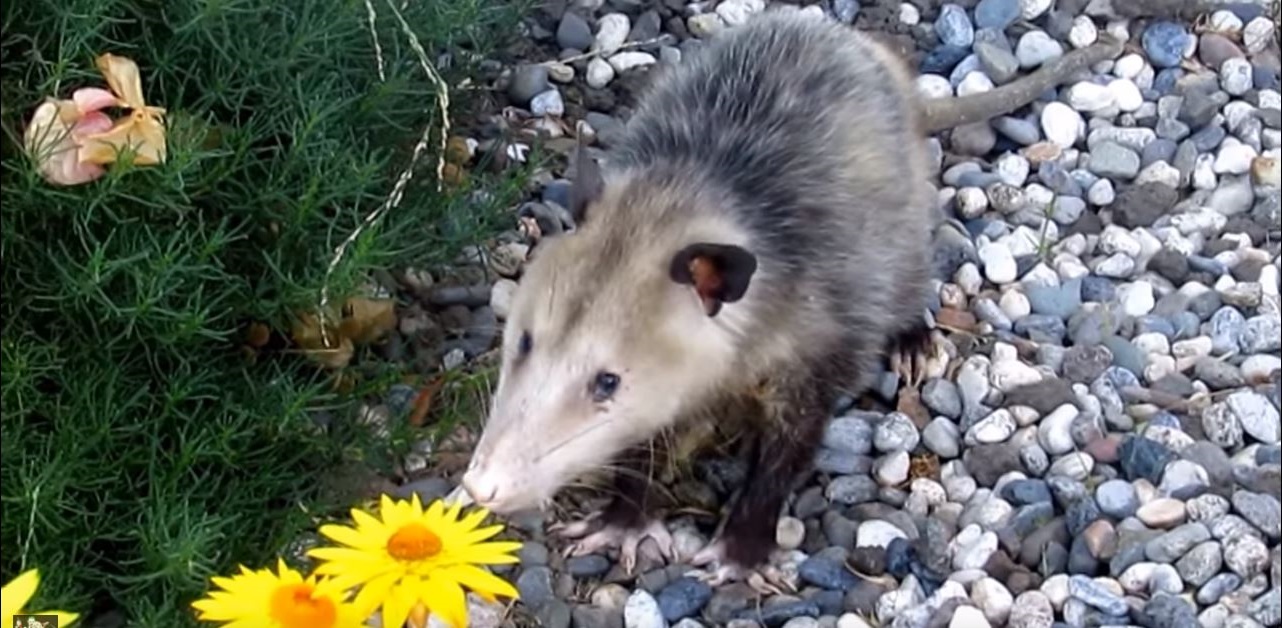How big do opossums get?
Before we get to the real question, here are some of the important facts to be noted about opossums.
• Native to the Eastern United states, the opossum can also be found around Central America and North America and was introduced to the Pacific coast through the great depression.
• Adapted to the edge habitat, these animals will live in other animals’ dens and nests, sheds, old buildings, rock cavities, brush piles, hollow trees or fallen logs.
• They defend themselves by intimidation. If cornered by an enemy, the opossum will sit on its hunches, curl up and open its mouth as wide as possible to expose its fifty teeth while hissing, growling and screeching respectively to scare off them off. In severe danger, the opossum will play dead as a way of dismissing an attacker or predator.
• Opossums are nocturnal i.e. they are mostly active during the night. However, they will exceptionally hunt for food during daytime in winter.
• They eat insects, snails, slugs, garbage, snakes, lizards, roaches, vegetables, eggs, fruits, grass, frogs, grains, ants, rats, mice and even dead carcasses.They are generally sweepers, eating almost everything that comes their way.
• Their bodies can withstand snake bites, whether venomous or not. For the poisonous snakes, the opossum is never affected by their toxicity after consumption.
• They are marsupial, i.e. they have a pouch-like structure under their bellies where they carry their young ones until they are ready to move around independently.
• The maximum number of litters that a female can produce in a year is two, with an average of up to seven per litter. It gives birth to very tiny embryo-like young ones which crawl into the pouch where they continue to develop and are nurtured to maturity.
• They have the shortest life span in the world. With just a year maximum to live, most opossums die while still young and carried in the pouches. Opossums host a great number of both internal and external parasites resulting in high susceptibility to malnutrition and disease. This is the major factor to their high mortality rate. Those in captivity tend to live longer.
So how big can this marsupial get during its short life span?
An average adult opossum will weigh 10- 13 pounds and have a body length ranging from 15 to 20 inches. This can however vary depending on availability of food and the surrounding environment. For instance, a possum in captivity is will weigh more than that in the wild. This is because the environmental condition provided is more hospitable.

For the young marsupials, they are very tiny that their size can be compared to that of a bumblebee.
Read the How to get rid of opossums page for helpful information and to learn more about How big do opossums get?
How big do opossums get?

